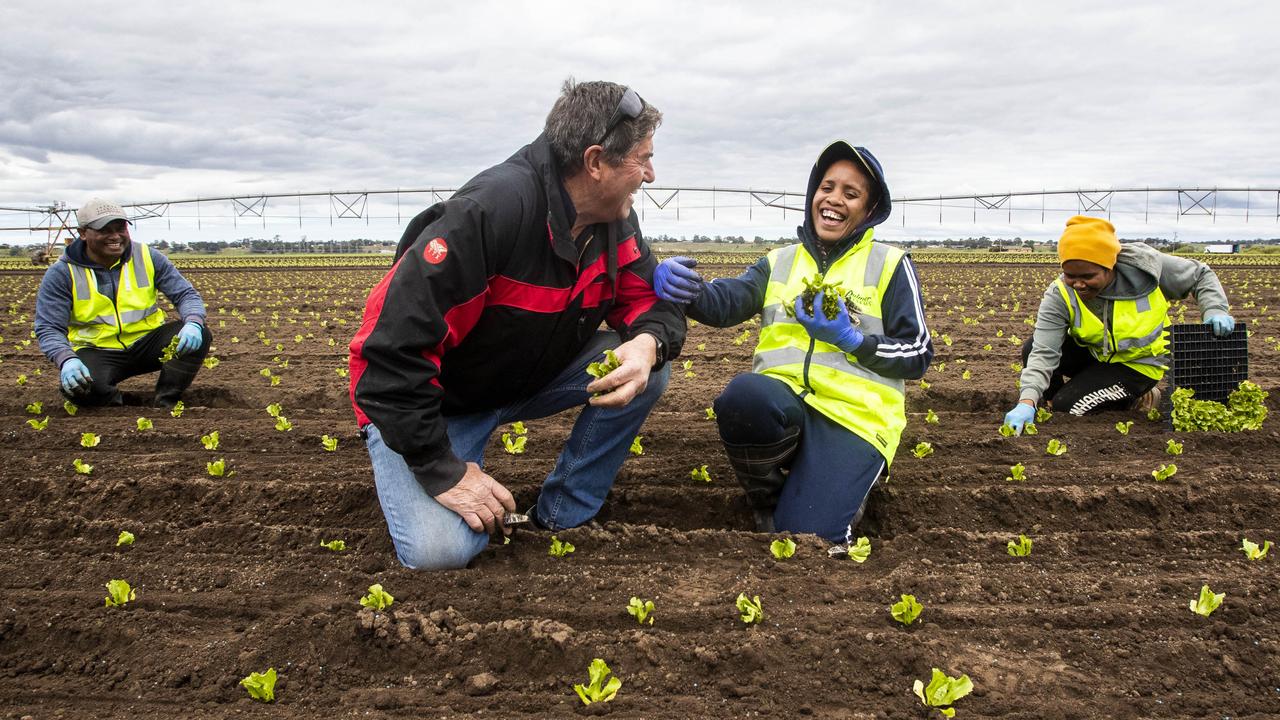
“Australian Farm Work Visas in 2024!” 🚜🇦🇺Looking for a 482 Subclass Visa under a Labour Agreement? 🌏✨ Exciting job opportunities available now!
A wide range of farming occupations, including beef cattle, mixed crop and livestock, poultry and pig farmers, may qualify for a skilled visa to Australia. Selected farming occupations are eligible for a temporary and permanent visa, as well as a provisional visa which provides a pathway to a permanent residency visa after three years.
In this article, part of our series which examines the Australian visa options that are available for selected occupations. This includes employer sponsored options which require you to be sponsored for a farm visa Australia, as well as state sponsored visas for which you need to be sponsored by a State or Territory Government agency.
Visas Target Areas Of Need
Certain skilled visas target skills shortages in certain geographical areas (including in regional Australia). Employers can sponsor or nominate suitably skilled applicants to fill vacancies in individual businesses, thereby addressing an employer-specific need. An example of this is an employer sponsored Subclass 482 Temporary Skill Shortage (TSS) visa for farmers in Australia.
There are several skilled visa options available for Australian immigration for farmers, with each one designed to meet a specific need. These include state sponsored, regional employer and regional state sponsored, employer sponsored and a skilled training visa (depending on the farming occupation).
A Subclass 491 Skilled Work Regional (Provisional) visa is an example of a regional state sponsored visa for farmers in Australia. A regional employer sponsored visa for farmers in Australia is the Subclass 494 Skilled Employer Sponsored Regional (Provisional) (SESR) visa.
Each skilled visa subclass is subject to a prescribed set of visa lodgement and grant requirements, a key part of which is the relevant SOL which prescribes the selected skilled farming occupations which may be nominated for that visa subclass.
Australian Immigration For Farmers Under A Labour Agreement
Labour Agreements provide another avenue for employers in Australia to sponsor overseas workers in occupations that are not included on the standard SOLs.
A labour agreement is negotiated between the Australian Government (represented by the Department of Home Affairs) and employers who seek to sponsor overseas workers for their business.
Labour agreements enable approved businesses to sponsor skilled overseas workers when there is a demonstrated need that cannot be met in the Australian labour market and the standard temporary or permanent visa programs are not available (for example, the occupation which the employer is seeking to nominate is not included on the SOL for the TSS, SESR or ENS visa programs).
One of the main benefits of entering into a labour agreement is its flexibility as it enables an employer to negotiate terms that meet the needs of the business (different types of agreements allow for varying levels of flexibility). This means that an employer may be able to negotiate certain concessions to the skilled visa criteria that would normally apply under the standard employer sponsored visa grant requirements. This can include requirements relating to English language competency, salary and age thresholds.
A labour agreement can also be used to employ overseas workers in new or emerging occupations that are not defined in the ANZSCO. For example, the occupations of ‘Senior Dairy Cattle Farm Worker’ and and ‘Dairy Cattle Farm Operator’ are not included in the ANZSCO. In this case, these occupations are defined in the Dairy Industry Labour Agreement (this is discussed further below).
Under a labour agreement, an employer can sponsor or nominate suitably skilled overseas workers for an employer sponsored skilled farm visa Australia in accordance with the terms which have been negotiated with the Department of Home Affairs (the Department) in the executed labour agreement (different types of agreements allow for varying levels of flexibility).
There are five types of Labour Agreements, as listed below:
- Company specific labour agreements
- Designated Area Migration Agreements (DAMA)
- Project agreements
- Global Talent Employer Sponsored (GTES) agreements
- Industry labour agreements
To learn more about labour agreements, including the different types of labour agreements and how they operate, please refer to our Labour Agreement Australian Immigration article.
The labour agreement stream is designed for employers who have a demonstrated need to fill a position in their business, which they are unable to source from the Australian labour market. Under a labour agreement, an employer can sponsor or nominate suitably skilled overseas workers for a labour agreement visa in accordance with the terms which have been negotiated with the Department of Home Affairs (the Department) in the executed labour agreement (different types of agreements allow for varying levels of flexibility in this regard). Labour agreements are generally in effect for five years.
What Is The Application Process For a Labour Agreement?
The labour agreement application process comprises of the following 3 steps:
- The proposed sponsoring or nominating employer must enter into a labour agreement with the Department by first applying in accordance with prescribed requirements. If successful, the labour agreement will generally remain valid for a period of five years. The employer may already have an existing valid labour agreement in place, in which case only steps 2 and 3 below would be required
- The employer must lodge a nomination application for the position which they are seeking to nominate for their business in accordance with the terms of the executed labour agreement
- The proposed employee (or ‘nominee’) must separately lodge a visa application on their own behalf, again according to the labour agreement terms.
Each of the above 3 applications must be successfully decided by the Department for the visa to be granted.
In this article, we provide an outline of the requirements and process involved in applying for a skilled visa under the labour agreement stream, for both employers and for potential visa applicants whom they are seeking to nominate.
Information By Employers
Labour Agreements are tailored to meet the individual needs and attributes of each employer. There are five types of Labour Agreements, as listed below:
- Company specific labour agreements
- Designated area migration agreements
- Project agreements
- Global Talent Scheme (GTS) agreements
- Industry labour agreements
Labour agreements have been executed for the following industries:
- Dairy
- Fishing
- Meat
- Pork
- Minister of religion
- On-Hire
- Restaurant (fine dining)
- Advertising
- Horticulture
According to Immigration policy, if a business operates in an industry which is already covered by one of the above industry agreements, another type of labour agreement (such as a company-specific agreement) would generally not be available. Individual requests in such cases must be approved by the Minister for Immigration.
📌 Looking for a 482 Subclass Visa under a Labour Agreement? 🌏✨ Exciting job opportunities are available now! Don’t miss your chance—contact us today and secure your pathway to Australia! 🇦🇺


